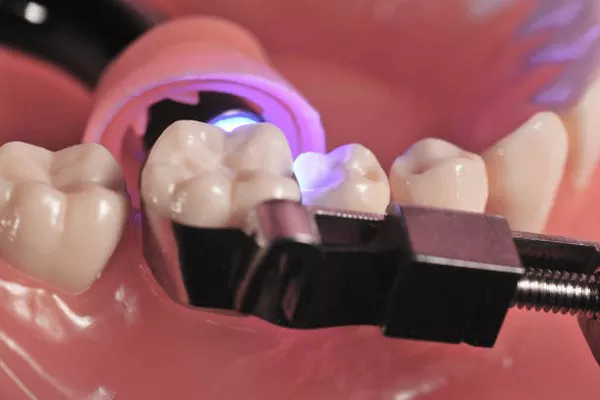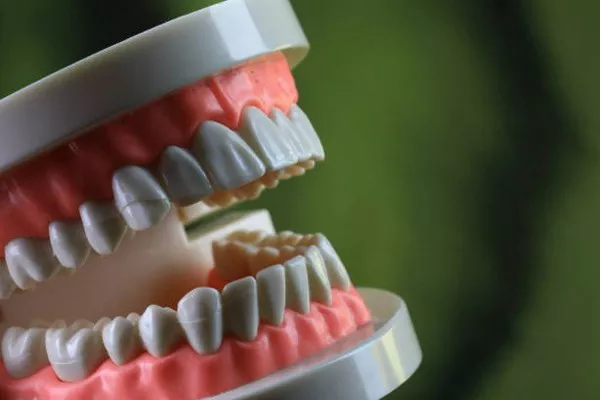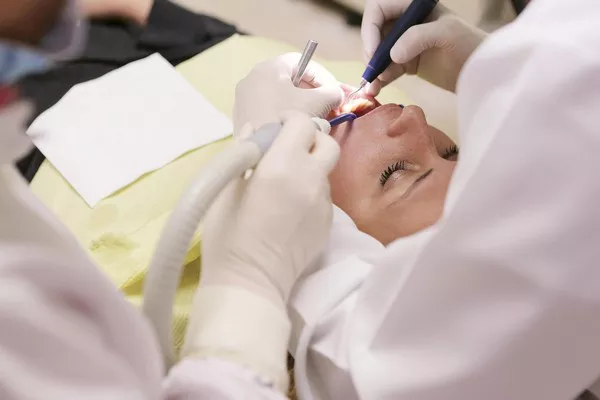Maintaining oral hygiene is crucial for overall health, and regular dental cleanings are an essential part of this routine. However, for individuals with gum disease (periodontal disease), a standard cleaning may not be sufficient. In such cases, a deep teeth cleaning, also known as scaling and root planing, is recommended. This article delves into what a deep cleaning entails, the procedure itself, preparation, recovery, benefits, risks, and alternative treatments.
What is a Deep Cleaning?
A deep cleaning is a specialized dental procedure aimed at treating individuals with gum disease. Unlike regular cleanings that focus on the surfaces of the teeth, deep cleaning targets the areas below the gum line to remove built-up plaque, tartar, and bacteria that contribute to periodontal disease. It is a more extensive and thorough process designed to address the root causes of gum issues and promote healing.
Scaling and Root Planing
Deep cleaning consists of two main components: scaling and root planing. These procedures work together to thoroughly clean the teeth and gums, reducing inflammation and preventing further damage.
Scaling: This involves removing plaque and tartar from the surfaces of the teeth and below the gum line using specialized tools.
Root Planing: This process smooths the rough surfaces of the tooth roots to prevent bacteria from adhering and forming new plaque deposits.
The Procedure
Scaling
Scaling is the first step in a deep cleaning procedure. Dental professionals use specialized tools, such as ultrasonic scalers and manual scaling instruments, to remove plaque and tartar from the teeth surfaces and below the gum line. The ultrasonic scaler uses vibrations to break up tartar, while water is sprayed to wash away debris. Manual instruments are then used to ensure that all deposits are thoroughly removed, particularly in hard-to-reach areas.
Root Planing
Root planing follows scaling and focuses on the tooth roots. The dentist smooths out the rough surfaces of the roots, which helps to prevent bacteria from sticking to these areas. This process not only removes bacteria and toxins but also promotes reattachment of the gums to the teeth. By creating a smoother root surface, root planing helps to maintain a cleaner environment that is less conducive to bacterial growth.
Local Anesthesia
Due to the invasive nature of deep cleaning, local anesthesia is often administered to ensure patient comfort. The numbing medication is applied to the treatment area to minimize pain and discomfort during the procedure. This allows the dentist to work more efficiently and thoroughly without causing unnecessary distress to the patient.
Duration
A deep cleaning procedure typically takes longer than a regular cleaning. Depending on the extent of the gum disease and the amount of plaque and tartar buildup, the process can take anywhere from one to two hours per session. In some cases, the procedure may be divided into multiple appointments to ensure that all areas are adequately treated without overwhelming the patient.
Preparation
Pre-Cleaning Evaluation
Before a deep cleaning, the dentist will conduct a thorough examination of the patient’s oral health. This includes taking x-rays to assess the extent of gum disease and identify any underlying issues that may need to be addressed. The dentist will also measure the depth of the gum pockets to determine the severity of the periodontal disease. Based on this evaluation, a personalized treatment plan will be developed.
Oral Hygiene Instructions
Maintaining good oral hygiene before and after the deep cleaning procedure is crucial for optimal results. The dentist will provide instructions on how to brush and floss effectively, as well as recommend the use of antimicrobial mouthwash to reduce bacteria. Proper oral hygiene practices help to minimize plaque buildup and support the healing process after the procedure.
Possible Discomfort
Patients should be aware that some discomfort or sensitivity is normal after a deep cleaning. The dentist may prescribe pain relievers or suggest over-the-counter medications to manage any discomfort. It is important to follow the dentist’s instructions and take any prescribed medications as directed to ensure a smooth recovery.
Recovery
Post-Cleaning Care
After a deep cleaning, it is essential to maintain proper oral hygiene to prevent further gum disease and support healing. Here are some key post-cleaning care tips:
Brushing: Use a soft-bristled toothbrush to brush teeth gently but thoroughly at least twice a day.
Flossing: Floss daily to remove plaque and food particles from between teeth.
Mouthwash: Use an antimicrobial mouthwash as recommended by the dentist to reduce bacteria and promote healing.
Diet: Avoid consuming hard, crunchy, or sticky foods that can irritate the gums. Opt for soft, nutritious foods and stay hydrated.
Follow-up Appointments
Scheduling follow-up appointments is crucial for monitoring progress and maintaining oral health. The dentist will check the healing process, measure gum pocket depth, and ensure that no new plaque or tartar buildup has occurred. Regular follow-ups help to catch any potential issues early and prevent the recurrence of gum disease.
See Also: Do They Numb You For Deep Cleaning
Benefits of Deep Cleaning
Halt Progression of Gum Disease
One of the primary benefits of deep cleaning is its ability to halt the progression of gum disease. By thoroughly removing plaque, tartar, and bacteria, the procedure addresses the root causes of periodontal disease and prevents it from worsening. This can potentially prevent tooth loss and other serious complications associated with advanced gum disease.
Improved Oral Health
Deep cleaning significantly contributes to overall oral health and well-being. The procedure reduces inflammation, promotes healing, and restores gum health. Patients often experience fresher breath and a cleaner, healthier mouth. Additionally, by maintaining regular dental visits and good oral hygiene, the benefits of deep cleaning can be sustained over the long term.
Risks and Complications
Discomfort and Sensitivity
While deep cleaning is generally well-tolerated, some patients may experience discomfort and sensitivity during and after the procedure. This is usually temporary and can be managed with pain relievers or desensitizing toothpaste. It is important to communicate with the dentist about any discomfort to receive appropriate care and recommendations.
Bleeding
Some bleeding is normal after a deep cleaning, especially if the gums are inflamed or sensitive. This should subside within a few days as the gums begin to heal. However, if excessive bleeding occurs, it is important to contact the dentist for further evaluation and treatment.
Alternatives to Deep Cleaning
Antibiotics
For some patients with mild to moderate gum disease, antibiotics may be prescribed as an adjunct to scaling and root planing. Antibiotics help to reduce bacterial infection and inflammation in the gums. They can be administered orally or applied directly to the affected areas in the form of gels or mouth rinses.
Surgery
In severe cases of periodontal disease, surgical intervention may be necessary. Procedures such as flap surgery (also known as pocket reduction surgery) and bone grafting can help to restore gum and bone health. These surgical treatments are typically reserved for advanced stages of gum disease when other methods are insufficient.
Conclusion
Deep cleaning, encompassing scaling and root planing, is a specialized dental procedure designed to treat gum disease effectively. By thoroughly removing plaque, tartar, and bacteria, this procedure helps to halt the progression of periodontal disease, promote healing, and improve overall oral health. Proper preparation, post-cleaning care, and follow-up appointments are essential for achieving the best results. While some discomfort and sensitivity are normal, the benefits of deep cleaning far outweigh the temporary inconvenience. For individuals with gum disease, consulting a dentist for a comprehensive evaluation and personalized treatment plan is crucial for maintaining a healthy, vibrant smile.
You Might Be Interested In






























